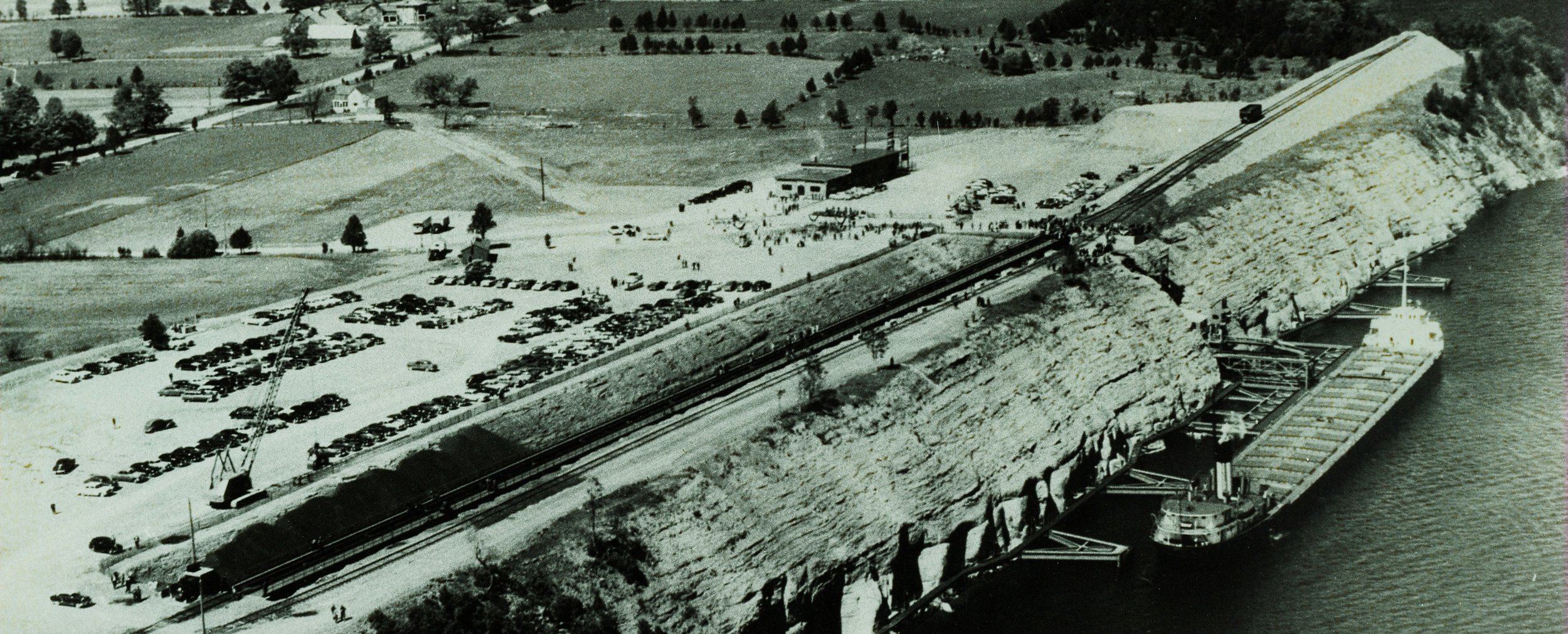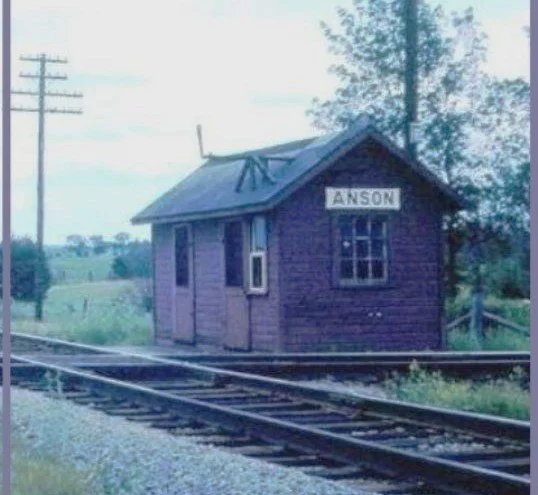1920's Movies At The Town Hall
As the silent movies became more popular, the new Hall would be transformed into a movie theatre as often as five times a week. Classics like "Uncle Tom's Cabin" were mixed with odd offerings like "Welcome Little Stranger", "He Comes Up Smiling" and "A Perfect 36", a 1918 silent comedy film directed by Charles Giblyn, written by Tex Charwate, and starring Mabel Normand and Rod La Rocque. The plot involves Normand's clothes being stolen in a mixup while she was swimming, necessitating her spending most of the film running around clad only in her swimsuit trying to straighten everything out.
In April of 1919, the Marmora Herald report that “Marmora, Deloro and District Branch of the Great War Veteran’s Association have purchased an up-to-date motion picture machine and expect to have it installed and ready to use by May 15th. Click here for more on that. A fire proof cabinet was erected at the town hall in the gallery for using in connection with “moving picture entertainment.” The hall was rented to the GWVA for $5.00 per night is not heated, or $7.50 with heat.
The Village was fascinated by the new miraculous technology. The "Submarine Eye" was re-shown April 5, 1920 because most Villagers had been too sick with a flu epidemic to see its first screening. The film is combined a remarkable invention, the underwater camera, with a very interesting love story.
Who can blame those who predicted that the new movies would introduce country boys to corruption. In 1920, Marmora was also treated to "Deluxe Annie", "Peppy Polly" and "Sally's Blighted Career". The review for one such melodrama, called "Shadows", read as follows;
"This picture represents striking contrasts. As MurieI Barnes, the star is shown throughout as 'the loved and honoured wife of a wealthy man with beautiful surroundings and a young son, but time after time, the scene fades away to portray events in her past life as Cora Lamont of the Dancing Hall of the frozen north. The man she was supposed to marry turns up and blackmails her."
Adults 25cents Children 15 cents
Those of us weaned on ''technicolour" and bombarded by "surround sound" may conclude that silent black and white films could never excite the audience. Not so. In describing a 1923 release starring Lillian Gish, the Herald enthused,
"It progresses charmingly and with ultimate touches of beauty....to a climax which is the greatest scene ever depicted within the four walls of a theatre. The audience are thrilled and thrilled until they fairly gasp for breath and find relief with the termination of the suspense in great outbursts of appease and cheers."
One historic motion picture of local significance was never shown in town. It did, however, feature in the Empire Theatre in Madoc. It was advertised as the first motion picture made in Canada. Large parts of it had been shot in Marmora the year before at the annual "Porter Picnic", hosted by our Member of Parliament, E. Gus Porter. Those were not, however, the best parts.
The best part, said the newspaper, was "the jump of an automobile from a 700 foot cliff at Trenton". This scene was "so realistic", that papers all over Canada reported the accident as an actual-happening", This is all the more odd as there is no 700 foot cliff at Trenton. Eighty per cent of the film was said to have been recorded in the Trent Valley. For some years, Trenton was the unofficial film capital of Canada. The studio site was on a street which to this day is called Film Street.
TrentonFilm Industry Plaque
HOLLYWOOD NORTH
"Trenton was home to one of Canada’s earliest and longest running film studios, built on this site in 1917. A number of local citizens lent financial support to a series of small film-making companies which used the studio over the next 17 years. American film stars came to Trenton and the cameras began to roll. Film crews at work became familiar sights on the streets of the town, and many Trentonians found work as actors, technicians and extras in the early movies.
In 1923 the Government of Ontario purchased the Trenton Film Plant to house the studio and laboratory of the Ontario Motion Picture Bureau - the largest and most active government film agency in Canada at that time. Captain Bruce Bairnsfather, internationally famous for his World War I cartoons of "Old Bill", came to Trenton in 1927 from England to direct his screen story, "Carry on Sergeant!". Billed as Canada’s first epic production, it premiered in Toronto in 1928. Although it compared favourably with other feature films of the day, the film did not achieve financial success.
With the arrival of the "Talkies" and the advent of 16mm film the equipment at the Trenton laboratory became outdated, and in 1934 the dream of "Hollywood North" died and the doors of the Trenton Film Plant closed for the last time.
This plaque is dedicated to Trenton’s film-making pioneers and is dedicated by Gordon Sparling, Assistant Director of "Carry on Sergeant" and veteran film director." Dedicated May 3, 1992
The Town Hall also served as a back up for those Lodges which needed extra space for special events and fundraisers. There was seldom a week that saw the Hall quiet. If it wasn't a square dance, it might be a round dance. If it wasn't a movie,it was a live play.
Tolerance of other races prevailed within the hearts of most citizens, but that did not mean they believed in racial equality. Many times Constable Gillen or his successors were called upon to chase the gypsies from Town. On October 14, 1919, the Town Hall jumped to the novelties and stunts of "America's Greatest Colored Show". The world famous "Sunny South Company", preceded their appearance with a "Koontown Parade" to the Hall. The newspaper, at least, conceded that the show was "presented by Negroes of the cultured and educated classes, free from vulgarity".
It is hard sometimes not to judge those of the past by our own standards. No doubt, we would outrage them as surely as they sometimes do us. One result of different view points was the acceptance in Hastings County of the Klu Klux Klan. From its branch base in Belleville, membership crept north in the 1920's and 30's. The sight of hooded men at cross burnings was not unknown to the County.
Marmora Kinsmen Club, Minstrel Show 1938

































